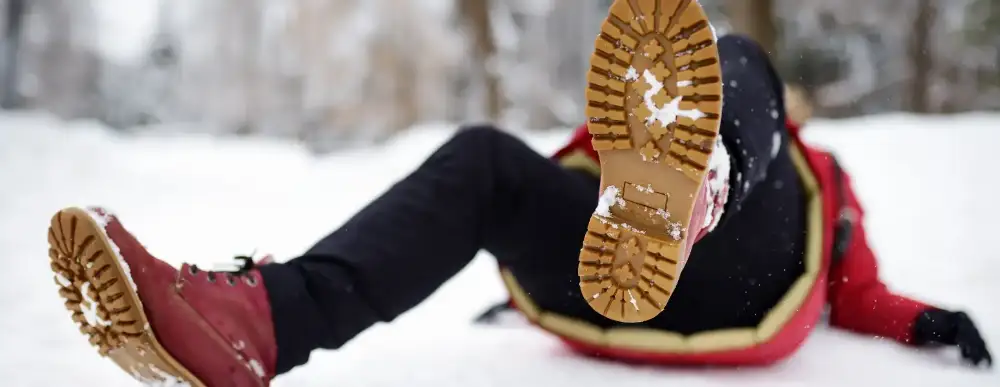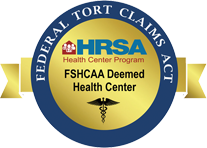As winter comes to an end it’s important to remain cautious of all the fall risks it can present. Children and young adults may be able to nurse a bruised tailbone and get back to their daily routine. Adults age 65 and older, however, will often find a costly series of complications following those falls.
According to a study conducted by the Center of Disease Control (CDC) in 2014, approximately 1 in 4 adults age 65 and older report falling each year. In Idaho, that number is 1 in 3. Among those falls, 1 in 5 resulted in a serious injury such as a broken bone or head injury. Not only do falls impact us financially, they also result in a loss of independence, sometimes unrecovered function, and even death.
As Americans age, the number of falls and fall injuries increases. Most falls occur due to a combination of risk factors: lower body weakness, difficulty with balance, vision problems, environmental hazards, etc. Not all risk factors can be completely avoided; however, they can be reduced. Taking care to reduce those factors and reduce falls has been shown to increase the length of time that older adults can maintain their independence and quality of life.
When considering fall risks, the first step to reduce them is to speak with your healthcare provider. Ask your provider to evaluate your risks and be sure to let them know if you’ve had any falls, dizziness, or lightheadedness in the last six months. Falling once will double your risk of falling again. Ask your healthcare provider or pharmacist to review your medications and determine if any could contribute to falling and if so if they can be reduced or stopped safely. Discuss the possibility of vitamin D supplements and osteoporosis screening.
At home, pay attention to the safety of your environment. Keep the indoors well lit, avoid throw rugs, wear slip-resistant shoes, keep cords away from walking areas. You may benefit from grips in the shower and next to the toilet. When walking outside, pay close attention to the sidewalk for cracks or changes in elevation, fallen leaves can be deceiving. If you have balance issues, avoid going outside when it’s icy, especially when it’s dark.
One of the most consistent ways to prevent falls and complications from falls is to increase balance and strength through exercise. Studies show that exercise targeting gait, balance, and muscle strength reduces fall rates by 23%. Our local Public Health Department has exercise classes dedicated to fall prevention in multiple places each week. See details below.
In summary, there is no one way to stop a person from falling. However, awareness of the factors that lead to falls combined with insights from your healthcare team can reduce those risks making a big impact without a big amount of effort. Schedule that appointment, bring safety to your environment, get moving and enjoy the changing seasons.
Jessica Martin, MD is a Family Medicine Resident with the Idaho State Family Medicine Residency at Health West ISU. Dr. Martin graduated from the University of Washington School of Medicine as a TRUST Scholar in the Targeted Rural and Underserved Track. She looks forward to a long career in Rural Medicine.

Movement is key to health







